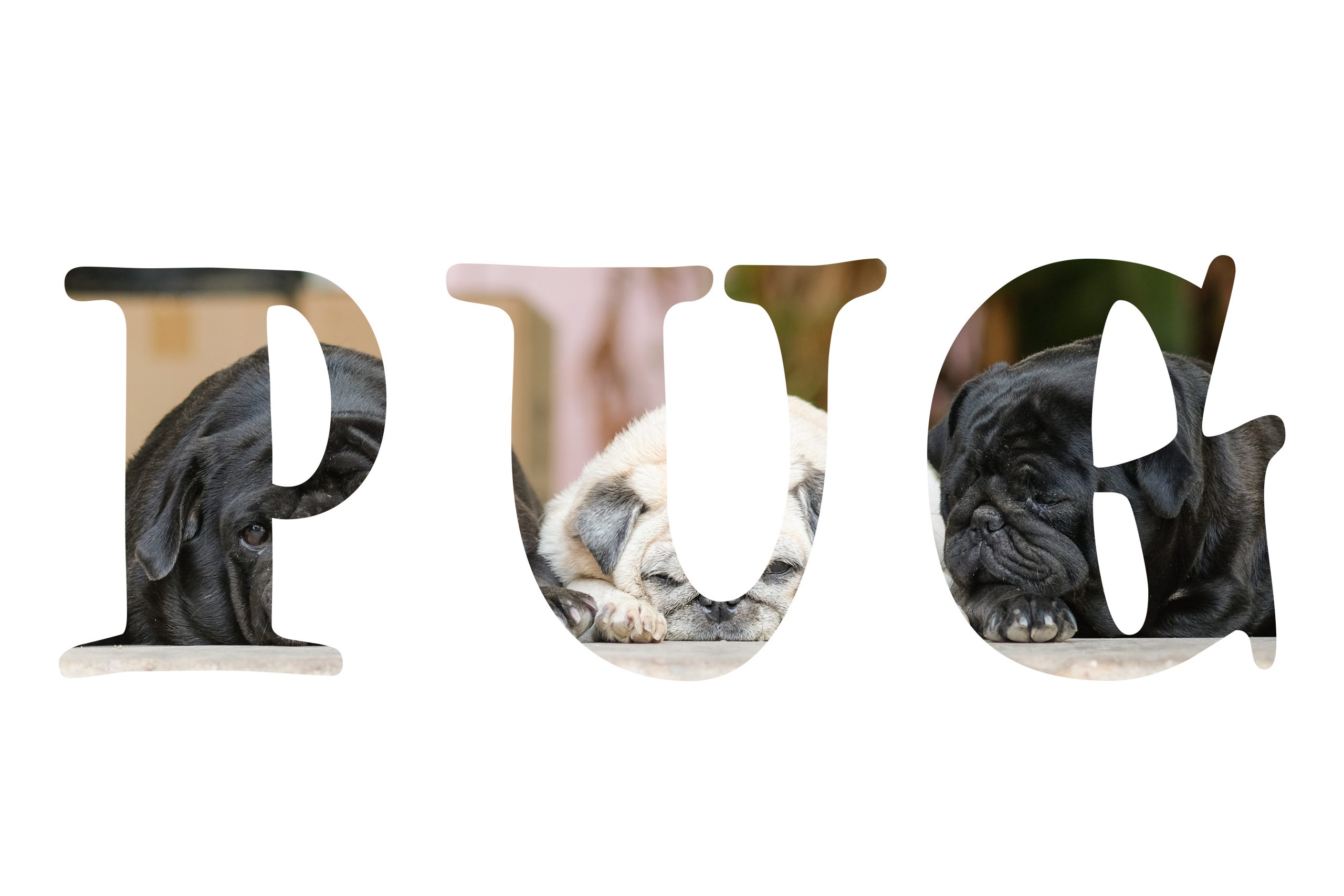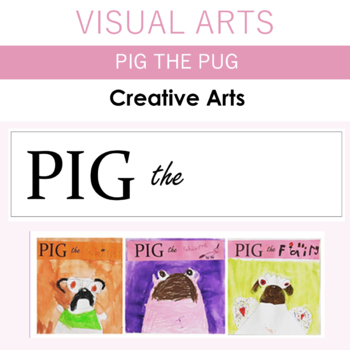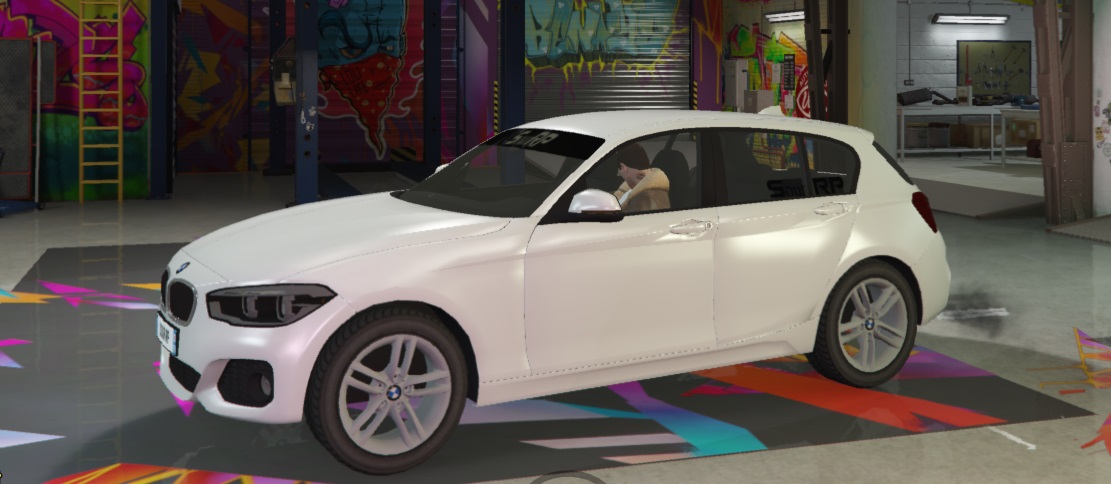

Within your Express route, you can then render your Pug files by calling the res.render function with the path of the file (starting from the directory set by the app.set("views") option). app.set("view engine", "pug") įurther, you must set the view directory of your app so that Express knows where to look for your Pug files (for compilation). However, you must set the view engine property of your Express application to pug. If you are using Express in your application, you do not need to require("pug"). You can now use pug in your project through the standard require mechanism: const pug = require("pug") Run npm install pug -save to install the pug module to your current project.Have the Node.js environment installed on your machine.To install the Pug template rendering system, follow these steps: When you run this file with npm main.js, you should get the following HTML code output in your console: Hello World, John!Ĭongratulations, you just created and compiled your first template! On to more advanced stuff, such as Conditionals, Iteration, and much more! Installation It even lets you place tags in the middle of words.First, let's create a template to be rendered! p Hello World, #) The value here is that it gives you full control over whether tags and/or plain text should touch. So…Pug drops the whitespace between tags, but keeps the whitespace inside them. pug module : read pug files pug-loader: returns the file’s content as template function so we can interpolate data in our template html-webpack-plugin: will get the index. line breaks within a plain text block, or between consecutive piped lines.leading whitespace beyond the block indentation.

all whitespace in the middle of a line of text.




 0 kommentar(er)
0 kommentar(er)
